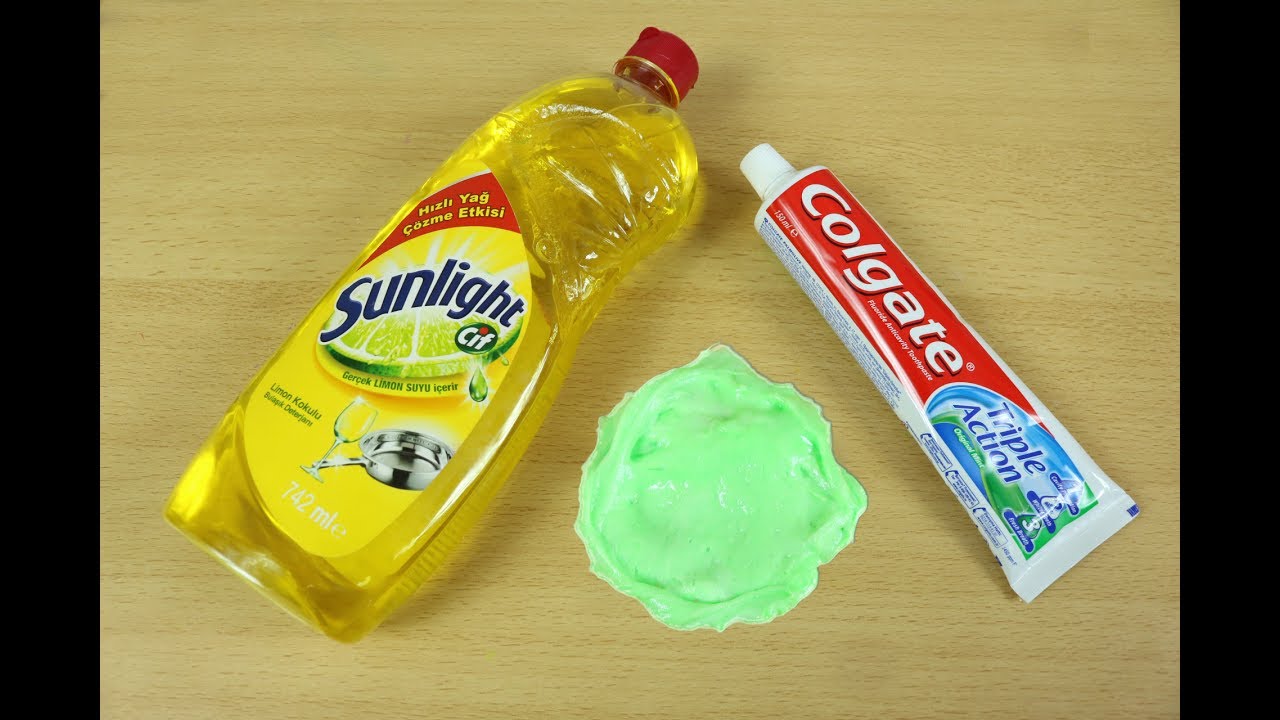Squish, Stretch, and Sparkle: Your Ultimate Guide to Making Slime with Your Kids!
Hey there, awesome parents! Are you ready to roll up your sleeves and dive into the wonderfully gooey world of slime-making? It’s the perfect activity for those days when the kids are bouncing off the walls, and you’re looking for a fun, creative, and even educational way to channel their energy. Whether it’s a rainy day, a lazy Sunday afternoon, or a school holiday, making slime is sure to make you the coolest parent on the block! So let’s get sticky with it and learn how to make slime that will have your kiddos giggling with joy.
Why Making Slime is a SMASH Hit with Kids!
Before we jump into the goo, let’s talk about why slime is such a fantastic activity for children. Slime-making is not just about having fun (although it’s a huge part of it!). It’s a sensory and learning experience that can aid in children’s development:
- Sensory Play: Slime is all about texture, color, and sometimes even scent. Squishing slime helps children learn and explore through their senses.
- Creativity Booster: Mixing and matching colors, adding glitter, or embedding small toys can spark children’s imagination and encourage creative thinking.
- Science Experiment: Making slime introduces basic science concepts such as chemical reactions and viscosity in a fun, hands-on way.
- Motors Skills Development: Kneading and stretching slime helps to build fine motor skills and coordination in younger children.
Slime Time: What You’ll Need to Get Started
One of the best parts about making slime is that you don’t need a ton of fancy ingredients or tools. With a few simple household items, you can transform your kitchen into a slime factory! Let’s check out the list of ingredients you’ll need for a basic slime recipe.
Basic Slime Ingredients:
- Glue (white or clear PVA works best)
- Baking soda
- Contact lens solution (make sure it contains boric acid and sodium borate)
- Food coloring (optional, for that pop of color)
- Glitter, beads, or other fun mix-ins (optional, for added flair)
Note: The contact lens solution acts as an activator to the PVA glue, creating the slime texture. Always use ingredients as directed and be mindful of your children’s allergies when choosing them.
Tools and Prep:
- Measuring spoons
- Large mixing bowl
- Airtight containers or zip-lock bags for storage
- Protective tablecloth or surface cover
- Paper towels or wet wipes for easy cleanup
Are you ready to embark on this slimy quest? Fantastic! Below, I’ll guide you through the basic steps to create your gooey masterpiece. But remember, there’s no one way to make slime; feel free to experiment and make your special version with the kiddos. Unleash your inner slime alchemist and let the magic unfold!
Creating the Perfect Slime: A Step-by-Step Guide
Alrighty, parents and kiddos, it’s time to get down to business. Follow these steps to create your very own batch of homemade slime:
- Prepare Your Space: Cover your work surface with a protective layer to make clean-up a breeze.
- Mix It Up: Pour the glue into the mixing bowl. Start simple with about 4oz (half a cup or one standard bottle) of glue for a manageable amount of slime.
- Color Wonder: Add a few drops of your chosen food coloring to the glue and stir slowly. Watch as the swirls dance into a brilliant hue!
- Baking Soda Bond: Sprinkle in a half teaspoon of baking soda and mix thoroughly. This will help thicken the glue to the right slimy consistency.
- Slime Activator Assemble: Here comes the exciting part! Add a tablespoon of contact lens solution to the mix. Stir it in slowly. As you mix, the concoction will begin to transform!
- Knead and Play: Once the mixture becomes harder to stir, take it out of the bowl and begin kneading with your hands. It’s time to really bond with your slime!
The slime will start to form almost immediately, but keep kneading for a few minutes until it reaches a stretchy, pliable consistency that’s not too sticky. If it feels too sticky, you can always add a bit more contact lens solution (just a few drops at a time!).
Your slime is now ready for action! Go ahead, give it a good stretch, make a bubble, or swirl it into a snazzy slime-twister. And don’t forget, once you’ve mastered the basic slime, you can always jazz it up with glitter, confetti, or even small toys!
But how can you ensure your slime stays fresh for as long as possible? Up next, I’ll share some top tips for storing your slime and troubleshooting common slime issues to keep the fun going for days on end. Stay tuned for squishy, squashy adventures with your kiddos and a whole lot more slimetastic fun!

Five Essential Slime Prep Tips for Parents
Before we get into the nitty-gritty of slime production, here are five golden nuggets of wisdom to ensure you’re prepared for a seamless slime-making adventure:
- Choose the Right Location: Slime can get messy, so opt for an area that’s easy to clean. A tiled floor or a plastic tablecloth can save your surfaces from the wrath of slime residue!
- Dress for Success: Wear old clothes or aprons, and have the kiddos do the same. Slime splatters are a badge of honor in the world of crafts, but they’re not the easiest to wash out.
- Keep Ingredients Kid-Friendly: Ensure all ingredients are safe for children and allergy-friendly. Always supervise younger kids, especially with substances like contact lens solution.
- Ready Steady Containers: Have your containers ready before you start. Once the slime is made, you’ll want to store it quickly to avoid drying out or picking up dirt.
- Slime is a No-Snack Zone: Make it clear to the little ones that slime is for playing, not eating. Even non-toxic ingredients shouldn’t be ingested.
With these tips in mind, you’ll be set to handle even the gooiest of slimes! Plus, these guidelines promote a safe environment where kids can learn, create, and play to their heart’s content.
Storing Your Slime: Keep It Fresh!
After spending quality time with your youngsters creating the ultimate slime, you’ll want to keep that gooey treasure fresh for as long as possible. Here’s how:
- Air is the Enemy: Store slime in airtight containers or zip-lock bags to prevent it from drying out and keep it squishy and stretchy for future play.
- Keep it Cool: Slime doesn’t fare well in extreme heat or direct sunlight. Find a cool, shaded spot in the house for your slime sanctuary.
- Wash Hands Before Play: Oils and dirt from hands can alter the texture and look of your slime. A quick wash can keep it pristine!
Troubleshooting Common Slime Snares
Even the most seasoned slime-makers encounter goopy troubles now and then. Here’s how you can solve some common issues:
- If your slime is too sticky, add a touch more contact lens solution. If it’s too runny, a little extra baking soda can do the trick.
- Slime breakdown? That’s natural over time. Celebrate its life and whip up a new batch with a fresh twist!
Ready to keep the slimy good times rolling? There’s a whole world of slime out there to explore. From fluffy, cloud-like slime to shining magnetic slime, the variations are endless. Let your imagination run wild and enjoy concocting these freakishly fascinating substances with your little ones.
With this guide, you’re well on your way to becoming a champion in the arena of slime. Every stretch, squish, and squeeze is loaded with laughter, learning, and the kind of fun memories that stick (just like slime) for a lifetime. So what are you waiting for? It’s slime to shine!
. For more information see here
Disclaimer
The articles available via our website provide general information only and we strongly urge readers to exercise caution and conduct their own thorough research and fact-checking. The information presented should not be taken as absolute truth, and, to the maximum extent permitted by law, we will not be held liable for any inaccuracies or errors in the content. It is essential for individuals to independently verify and validate the information before making any decisions or taking any actions based on the articles.




